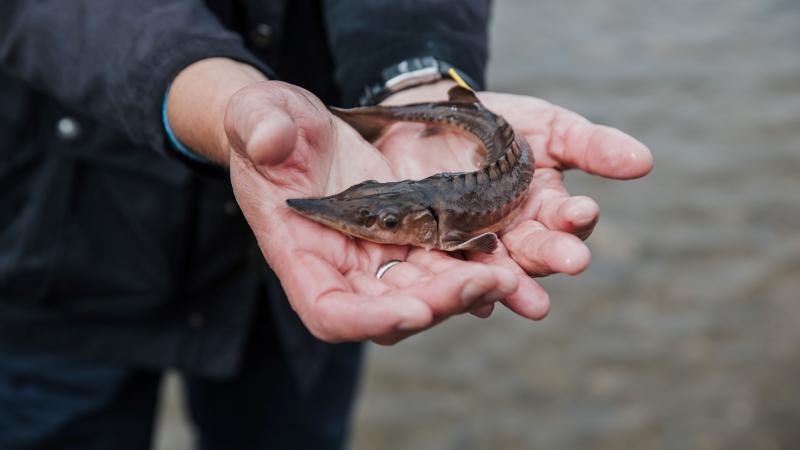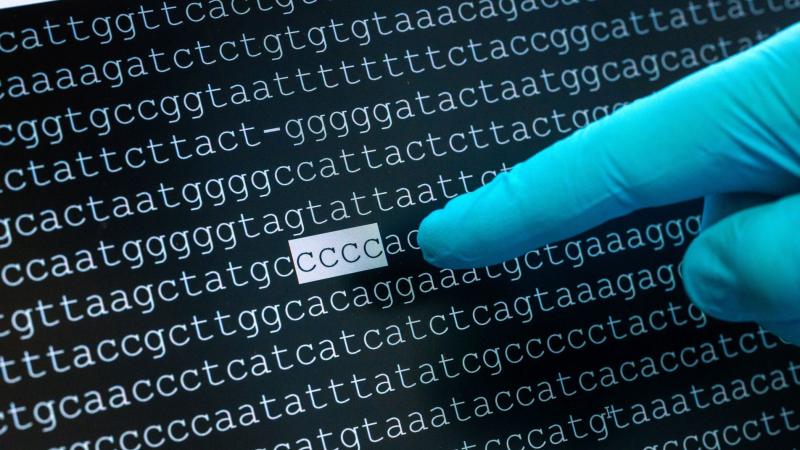
The Amazon molly (Poecilia formosa) only exists as females (on the left), which propagate by parthenogenesis. They require sperm of foreign species, which, however, does not contribute genetically to the offspring – to the right the photo shows a male of the Sailfin molly, P. latipinna. At IGB, the natural clones of P. formosa are also examined in behavioural research | Photo: Manfred Schartl / Universität Würzburg
Excursus on asexual reproduction
There are two main reasons that argue against asexually reproducing species surviving in the long run: Harmful changes occur in any genome at some point. In creatures whose offspring are pure clones, these defects would accumulate over generations until there are no more healthy individuals. The other argument against the long survival of a species whose offspring are all clones of their mothers: These species are usually not capable of adapting to environmental changes as quickly as their sexually producing counterparts. So within a few generations, they should be on the losing side of evolution which calls for the survival of the fittest.
The healthy, asexual Amazon molly
“The complete mitochondrial DNAs shows not only a clear signature that only a single or very few hybridization events between the two parental species led to the rise of the all-female Amazon molly but also confirmed its age of about 100,000 years – much older than evolutionary theory would predict for an asexual fish," explains co-author and IGB scientist Dr. Matthias Stöck. The scientists studied the genome of Amazon molly and found little evidence of genetic degeneration, but rather a unique genetic variability and clear signs of an ongoing evolutionary process. This is probably why the Amazon molly does not share the fate of many other species that reproduce asexually: namely to fall victim to pathogens.
Further results of the study can be found on the website of Universität Würzburg.
Or read the full study Open Access in Nature Ecology & Evolution >
Wesley C. Warren et al. (2018) Clonal polymorphism and high heterozygosity in the celibate genome of the Amazon molly, Nature Ecology & Evolution, 2, doi:10.1038/s41559-018-0473-y





